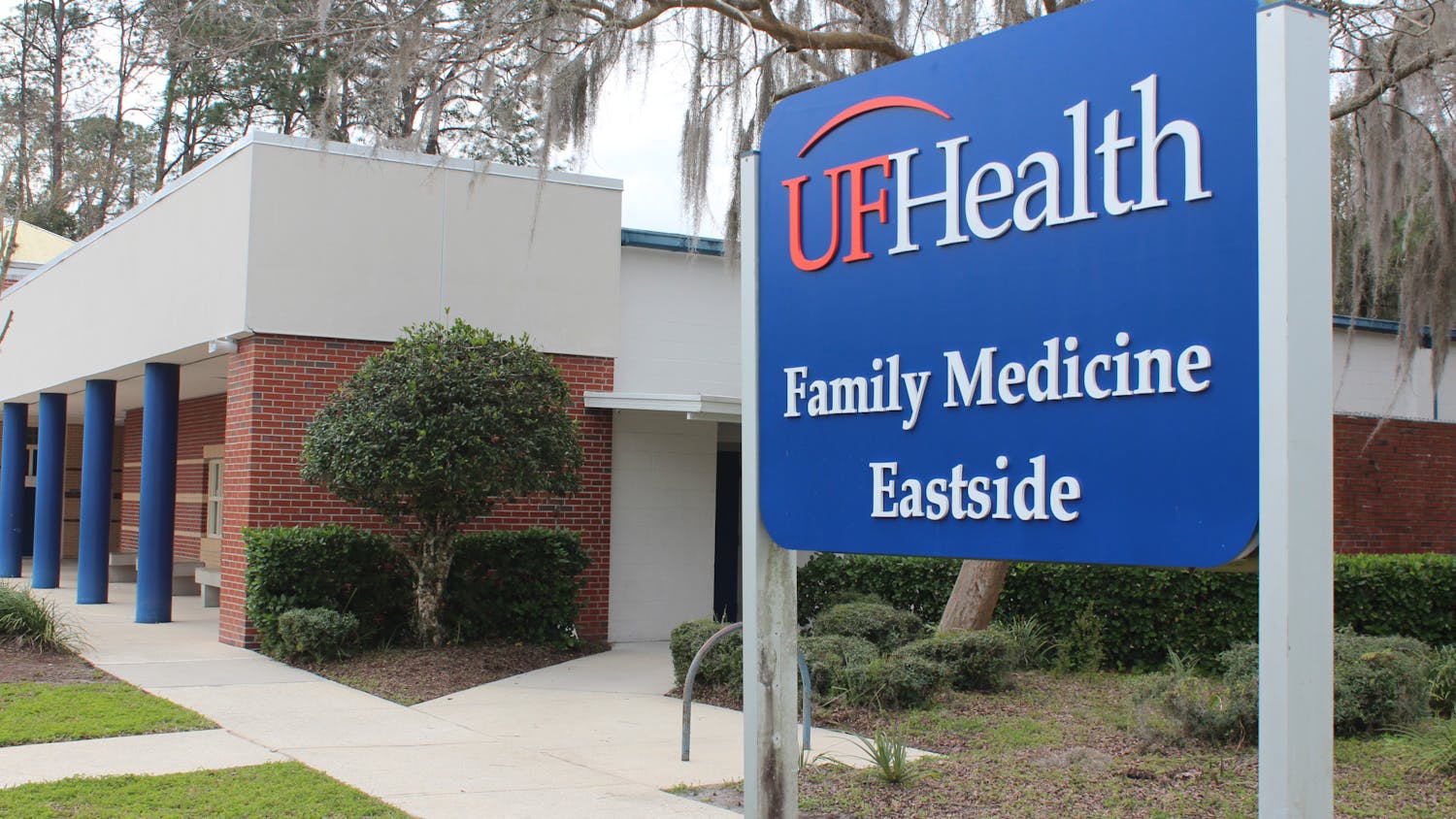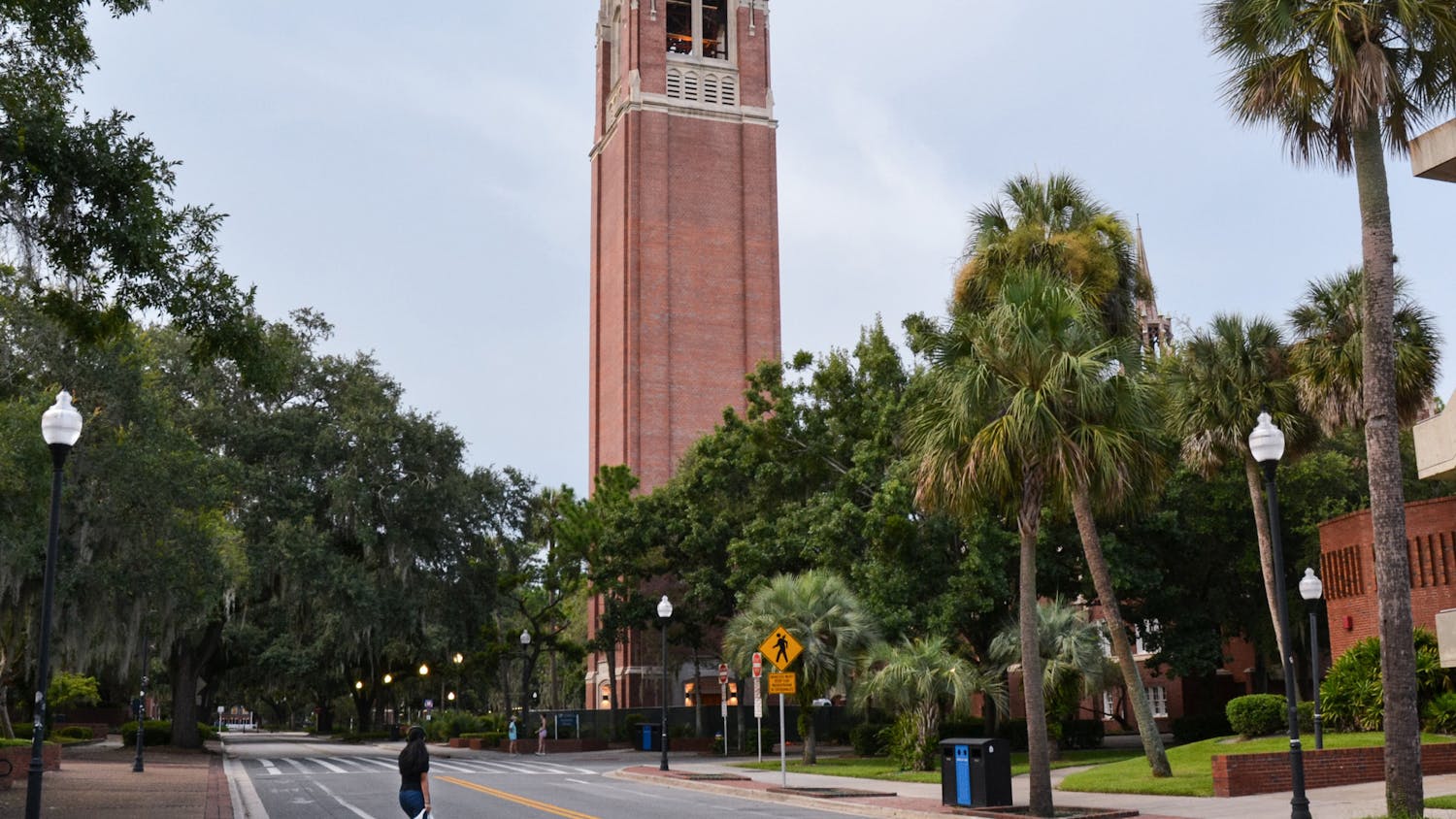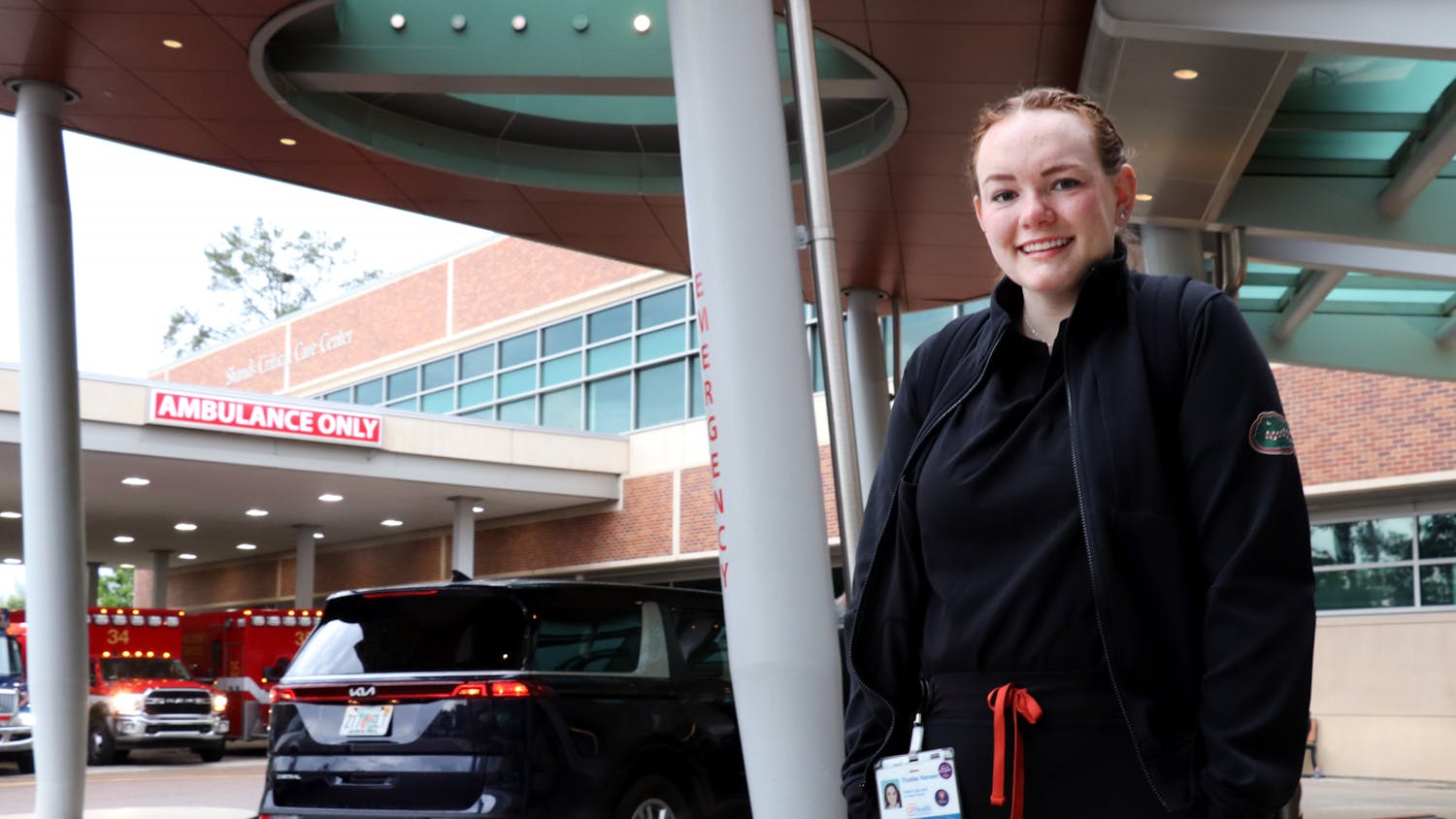ShandsCair, the air rescue and critical care transport system for Shands at UF, will broaden its horizons with two new helicopters within the next year.
On Thursday, ShandsCair unveiled a new helicopter, ShandsCair 3, stationed at a small community hospital in Perry, Fla. ShandsCair already has helicopters stationed in Gainesville and south of Ocala.
“I live in Perry, and in a lot of emergency situations, people are transported to Shands,” said Ellie Heartsfield, a 21-year-old nursing senior. “Investing this money is directly beneficial to distant communities.”
In about a year, there will be a larger, more specialized replacement for the current helicopter ShandsCair has stationed in Gainesville. The new aircraft, called the EC155, will have larger cabin space and a range of about 360 nautical miles, said Staccie Allen, ShandsCair program director.
The larger range will allow the new aircraft to transport patients from the Panhandle and southern Florida to Shands without the use of multiple vehicles or refueling.
“It will allow us to get patients definitive care faster,” Allen said.
The cabin of the ShandsCair 1 was sometimes too small for obese patients, the rescue of more than one patient at a time and patients connected to life-sustaining equipment, Allen said.
Ed Jimenez, senior vice president and chief operating officer for the hospital, said ShandsCair 1 is 8 years old and has seen about 4,300 hours of flight time. It’s not unsafe, he said, but replacing it is “a safe and proper approach” to continuing Shands’ quality of care.
Jimenez said Eurocopter, a global helicopter manufacturing company, is currently building the EC155. In the meantime, ShandsCair will use a rented helicopter in order to keep from adding more flight hours to ShandsCair 1.
The hospital plans to sell ShandsCair 1 when its replacement is available, Jimenez said.
The transport system started in 1981 and has transported about 48,000 patients, Allen said.
She described all of the ShandsCair vehicles as miniature mobile intensive care units.
“It is the highest level of critical care outside of the hospital,” Allen said.





